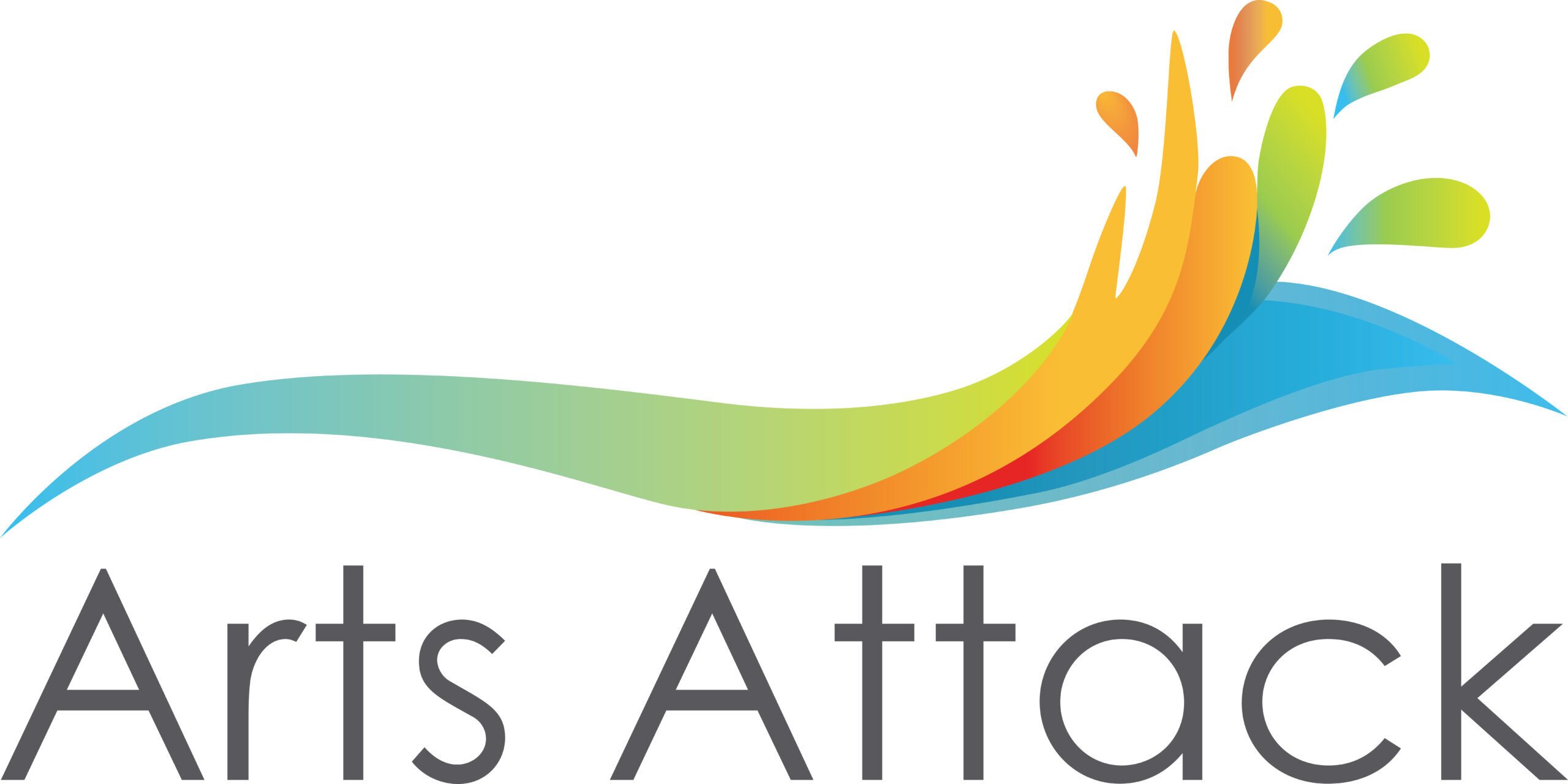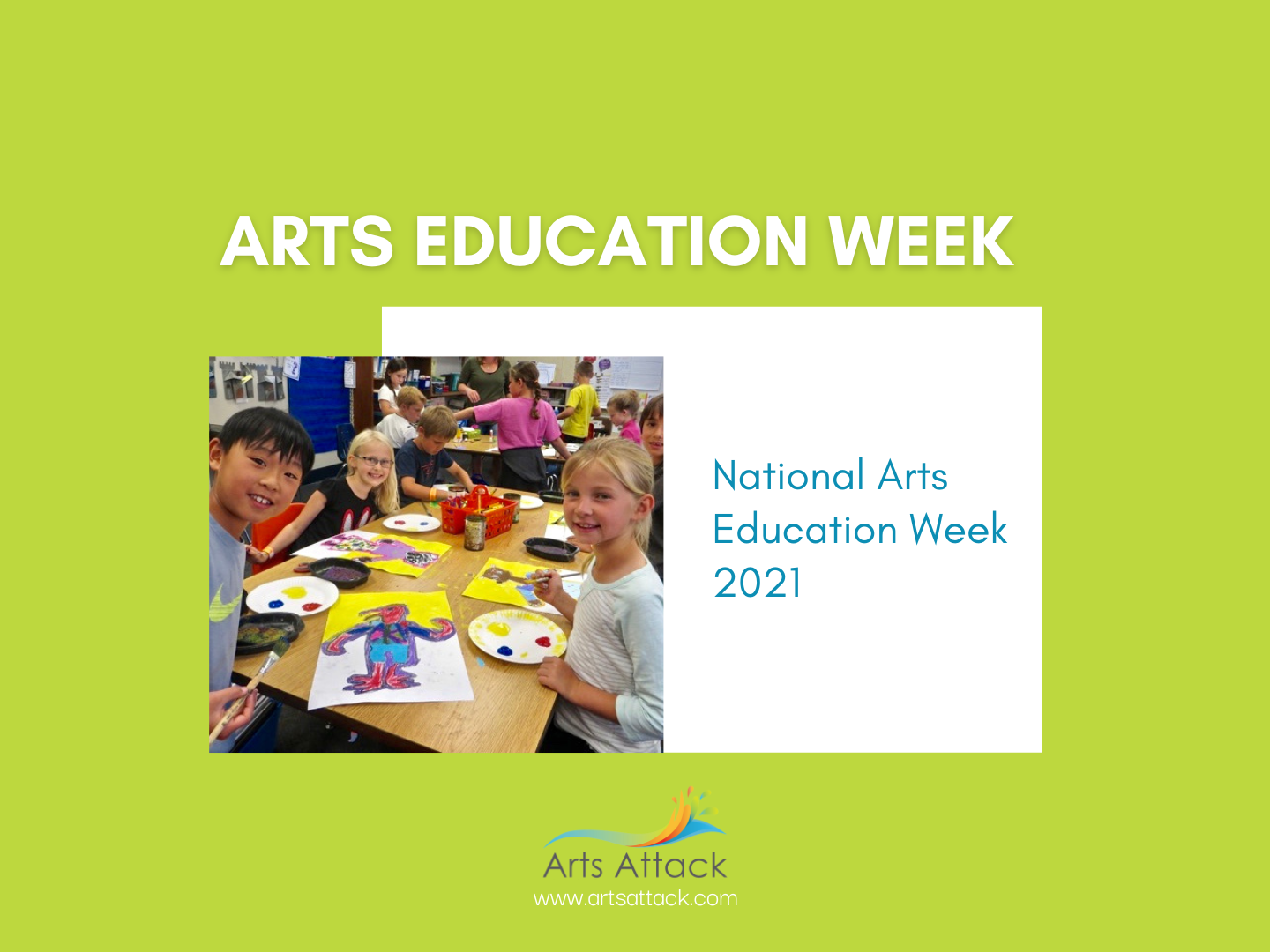National Arts Education Week 2021
National Arts Education Week – 2021

History of the Week: National Arts in Education Week is a national celebration recognizing the transformative power of the arts in education. Passed by Congress in 2010, House Resolution 275 designates the week that follows the second Sunday of September as National Arts in Education Week. The celebration is intended to bring attention to the cause of arts education for elected officials and educational decision makers across the country and to support equitable access to the arts for all learners.
On COVID-19 (from the Arts Education is Essential letter): Teaching and learning will never quite be the same in our post-COVID-19 world. However, our commitment to provide rich and varied educational experiences remains unwavering. The arts have played an important role in these tumultuous times and will continue to do so for all students, including the traditionally underrepresented, those with special needs, and from low-income families. The healing and unifying power of the arts has been evident as the COVID-19 pandemic swept the country. We have seen and heard it play out through works of art on sidewalks, shared musical moments from porches, in plays and dance performances, and every other imaginable iteration of art making. As states and schools work through multiple challenges in the years ahead, arts education must remain central to a well-rounded education and fully funded to support the wellbeing of all students and the entire school community.
On Equity: Our country faces an issue of access due to local control and school-based decision making. In 2012, a report from the National Center for Education Statistics (NCES) found that high-poverty schools are significantly less likely to provide students with access to arts education. Former Secretary of Education, Arne Duncan, stated, “This is absolutely an equity issue and a civil rights issue.” Therefore, we work to secure equity in access to arts education and articulate the role of the arts as a pathway to success for all, specifically in the education of students of color, students in rural communities, students who are classified as low-SES, English Language Learners, or those who require special education.
On Social and Emotional Wellbeing (from the Arts Education is Essential letter): Arts education supports the social and emotional well-being of students, whether through distance learning or in person. Self-awareness, self-efficacy, self-management and perseverance, social awareness and relationship skills are central to any arts education activity, no matter the age and ability of the student or the environment in which the learning takes place. The arts, with their strong emphasis on team-building and self-reflection are supremely suited to re-ignite students’ interest in learning through collaboration, while simultaneously fostering creativity, critical thinking, and communication.
On School Culture and Climate (from the Arts Education is Essential letter): Arts education nurtures the creation of a welcoming school environment where students can express themselves in a safe and positive way. Celebrating our ability to come together as educators and students is vital to creating a healthy and inclusive school community. The arts, through a rich partnership among certified arts educators, teaching artists, and community arts providers, play a valuable role in helping students and their families build and sustain community and cultural connections.
On ESSA (from the Arts Education is Essential letter): Arts education is part of a well-rounded education for all students as understood and supported by federal and state policymakers. As defined in ESSA, “music and the arts” are part of a well-rounded education. Every state in the nation recognizes the importance of the arts as reflected in rigorous PreK-12 state arts standards. Forty-six states require an arts credit to receive a high school diploma, and 43 states have instructional requirements in the arts for elementary and secondary schools. As noted in Arts Education for America’s Students: A Shared Endeavor: “An education without the arts is inadequate.”
On Federal Funding: There are several federal and state funding streams which support arts education, that must be preserved by Congress and state legislatures. Specifically, the money authorized in Title IV, part A, of ESSA would allow states and local districts to take advantage of the increased flexibility and address the gaps in access to arts education present in communities nationwide. Funding for Titles I and II and the Assistance for Arts Education program are essential in supporting high-need schools and teacher professional development.
Research on Arts Education: Our country, our states, and our communities are facing challenges unlike any we have seen before. When intertwining the arts in and through education, research shows that we are better preparing our future leaders to face these challenges. According to a decades-long study, youth who participate in the arts are more likely to be successful in school, college, and career than their peers who did not have arts education. However, the same research indicates a racial gap indicating that arts education is an equity issue and an issue of racial justice in America.
Sponsorship: Americans for the Arts supports the field of arts education in efforts to unify the voice of advocates across the country during the congressionally designated national celebration of National Arts in Education Week.
#becauseofartsed

